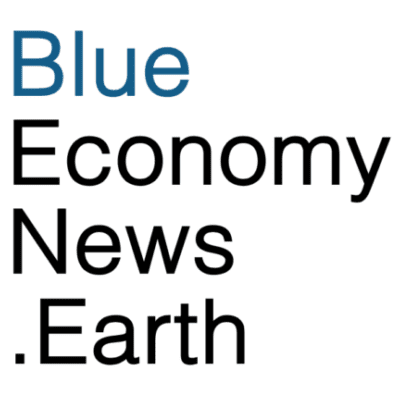U.S. biodiversity data company NatureServe has launched a new tool that it says shows the biodiversity opportunities and risks of contiguous of primarily public lands in the U.S. and up to 12 nautical miles beyond.
The company said its new tool, called InSite, provides:
- High-level scores for overall biodiversity value, species extinction risk, priority ecosystem extent, and landscape condition, showing how the site compares to others in the state or nation.
- A list of federally protected and other imperiled species in the vicinity of the site, with conservation status and habitat details.
- Actionable recommendations tailored to the site’s unique results.
- Supporting documentation to aid in early-stage planning and environmental disclosures.
- Direct links to deeper data and local expertise from NatureServe’s nationwide network of state partners, empowering users to take the next step for site-specific planning, permitting, or compliance.
Users draw on a map or upload a site boundary and, the company said, InSite provides nationally consistent, science-based information on species, ecosystems, and landscape condition. The platform enables users to integrate biodiversity into planning, reporting, and investment processes, with detailed sub-metrics adding context to guide choices.
“Built on 50 years of trusted science and comprehensive data, InSite by NatureServe gives users the clarity and confidence to screen for nature risks and values in land-use planning, conservation, and nature-positive initiatives,” said Dr. Anne Bowser, NatureServe CEO. “InSite is a cost-effective, first step to analyze the risks and opportunities at any site nationwide, empowering smarter assessments and better investments backed by science.”
NatureServe works with over 60 organizations and 1,000+ conservation scientists in the U.S. and Canada to collect, analyze, and deliver standardized biodiversity information, providing comprehensive spatial data to meet both regulatory and conservation needs. NatureServe and its network partners develop and manage data for over 100,000 species and ecosystems, answering fundamental questions about what exists, where it is found, and how it is doing.

